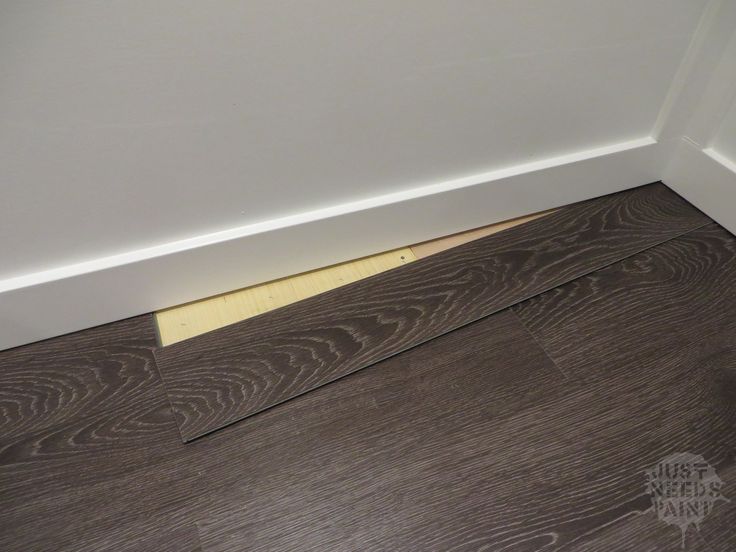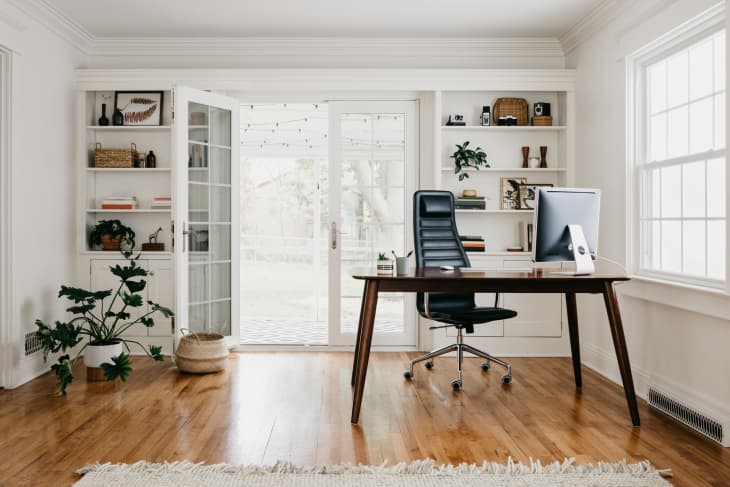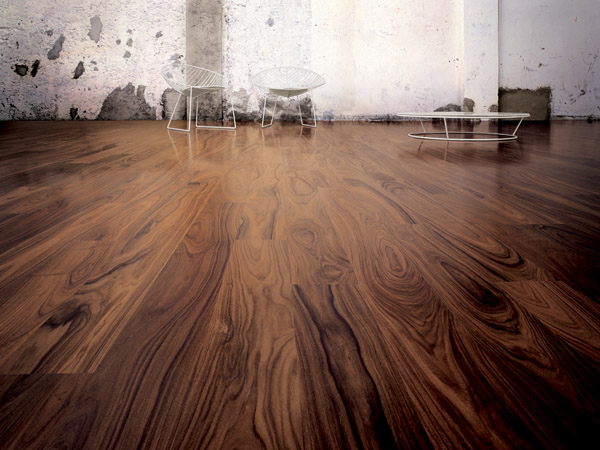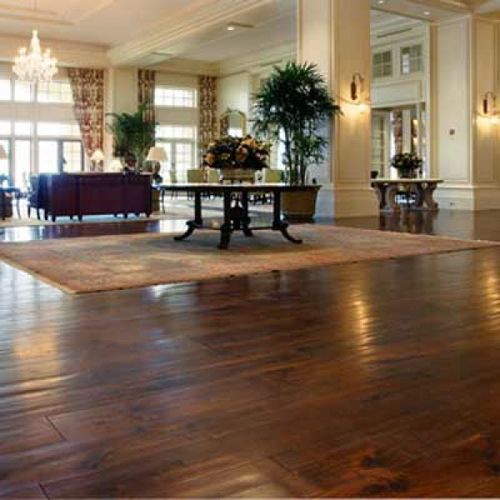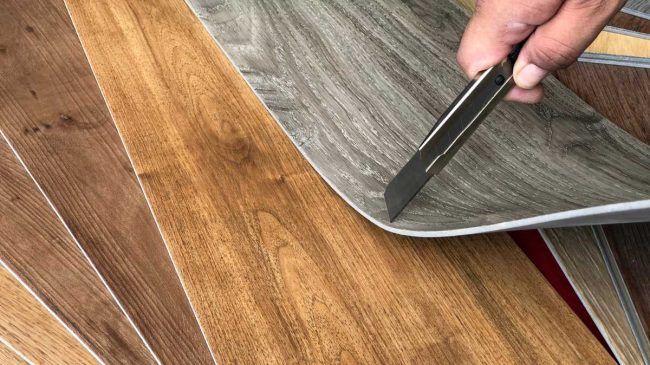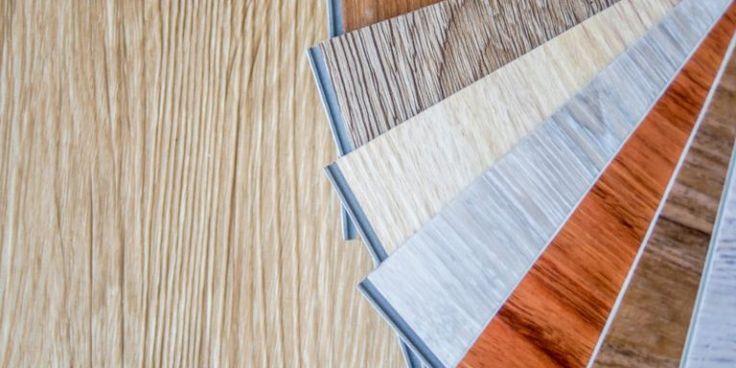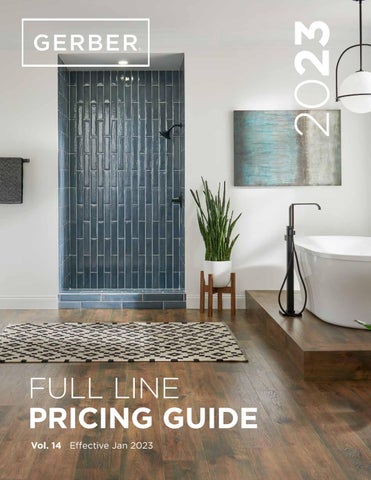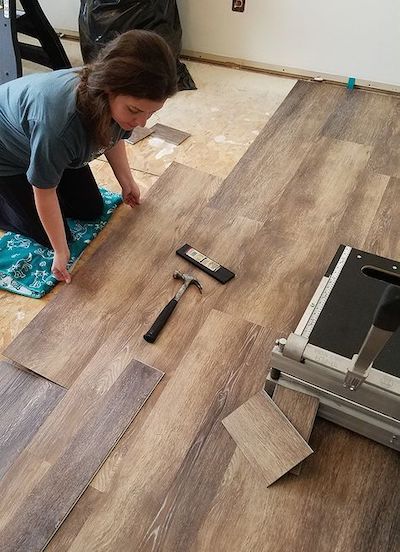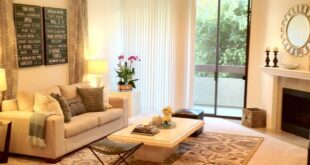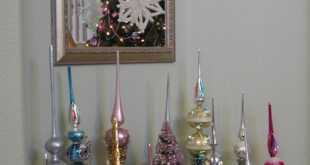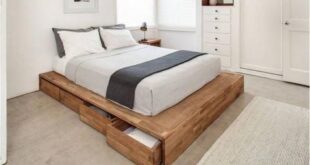introduction
Laminate floors, also known as floating wood tiles, are a multi-layered material that imitates wood when laid on each floor. While the top layer has a protected photo applique (vinyl), the inner layer is in most cases a combination of fiberboard and melamine resin. Laminate flooring has become widespread recently due to its ease of installation, ease of maintenance, and overall appeal. The material is also very durable.
Advantages of laminate floors
Laminate floors are often referred to as click laminate floors. This is because they are available as planks with grooves and tongues, so all you have to do is click one plank onto the other. Choosing a laminate floor has several advantages.
- Not only is it durable, but it is also very versatile.
- It is available in different styles, textures and patterns.
- Compared to cleaning other floor coverings, it is easy to clean.
Contrary to popular belief, laminate flooring is very safe. Because although it is made of melamine resin, a formaldehyde compound, the resin is firmly bound, which eliminates the risk of harmful emissions.
installation
Laying a laminate floor is very easy. You can actually do it yourself as a DIY project if you want the feel of wooden floors in your rooms.
The material is not flesh that ‘sits’ on the floor but ‘floats’, made possible by the fact that there is an underlying film/foam between the actual floor and the laminate. It is also necessary that you leave a gap of approximately 1mm between the laminate and the walls to allow for expansion of the laminate. Properly clicking one plank onto another until the entire floor is covered creates tight tongue and groove joints, resulting in a strong yet flexible floor.
Care
Click laminate floors require a high level of care. You must prevent contaminants such as dust, sand and dirt from reaching the surface. This is to reduce or prevent the risk of scratching the floor surface. It is also important that the water does not remain on the surface for a long time. The floor covering must also be adequately protected against possible scratches that can be caused by the movement of furniture. You need to attach pads to the furniture stands to avoid scratches.
